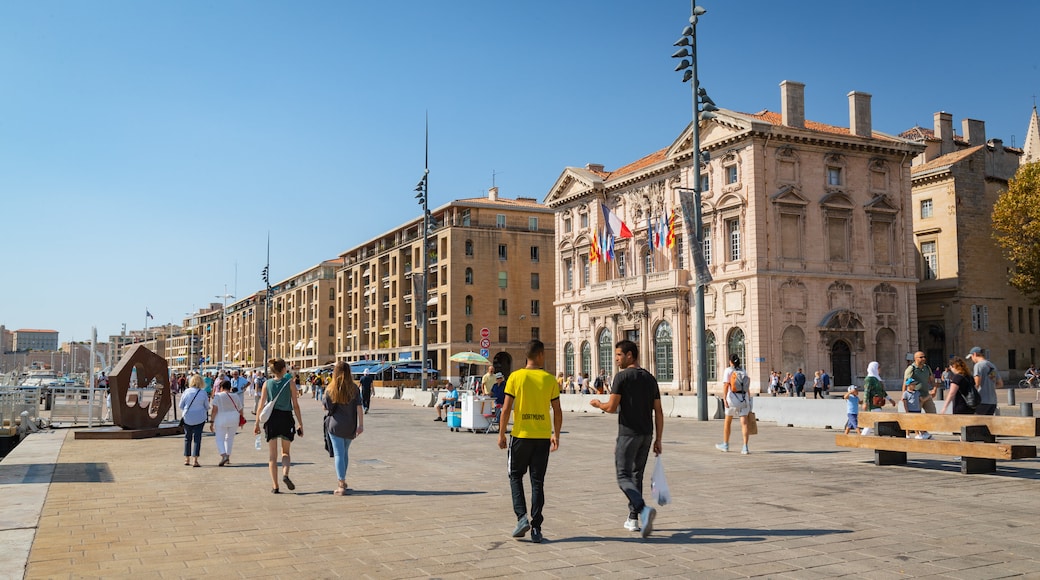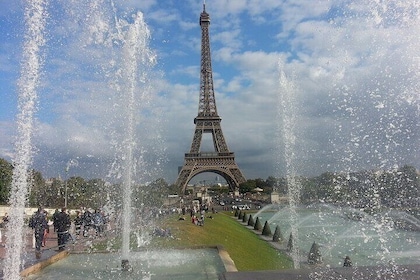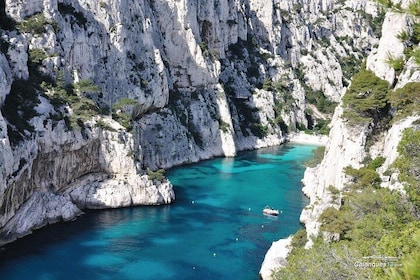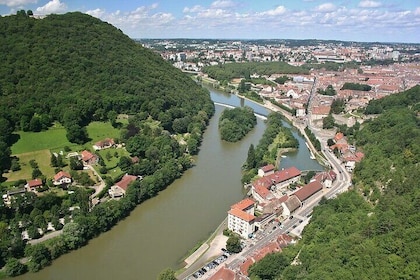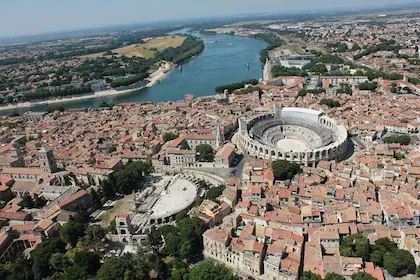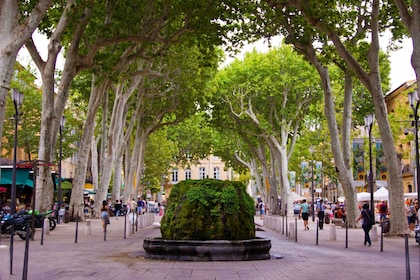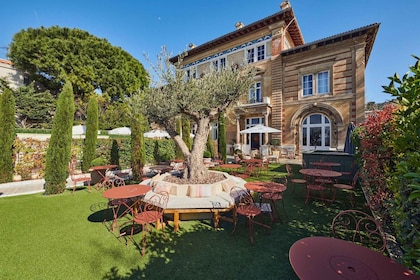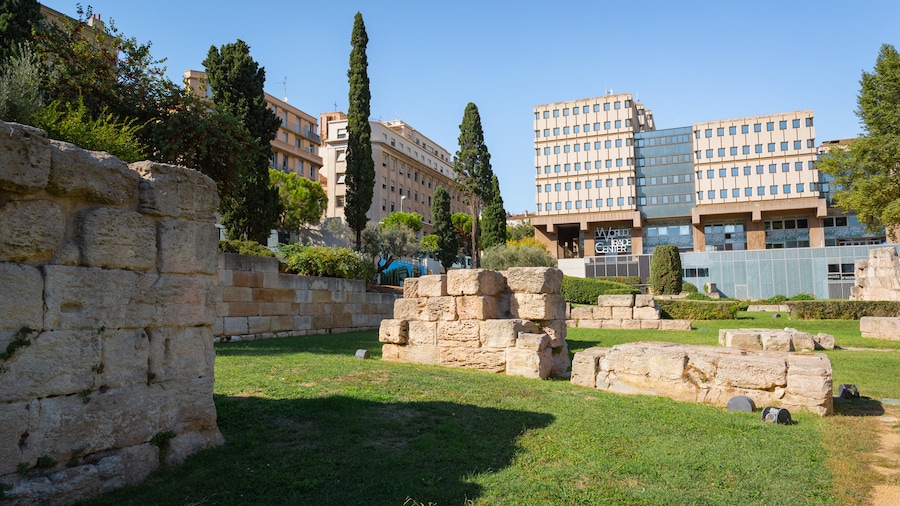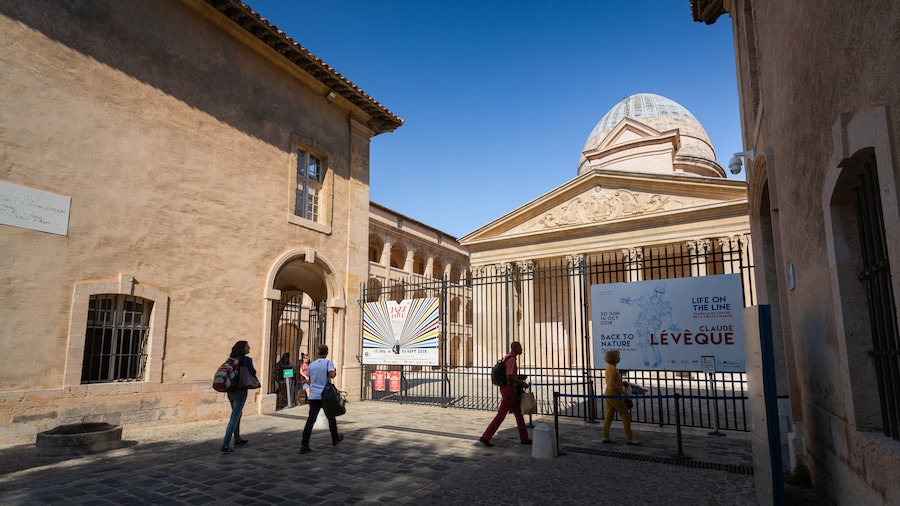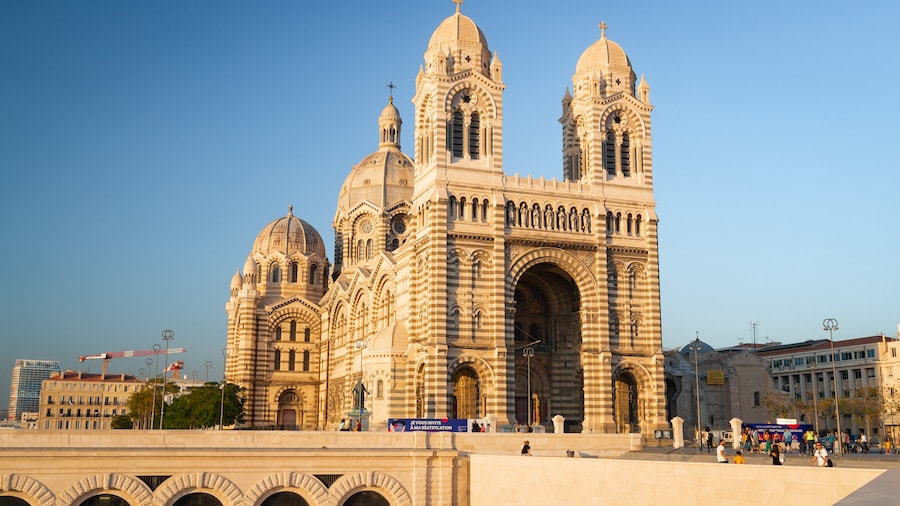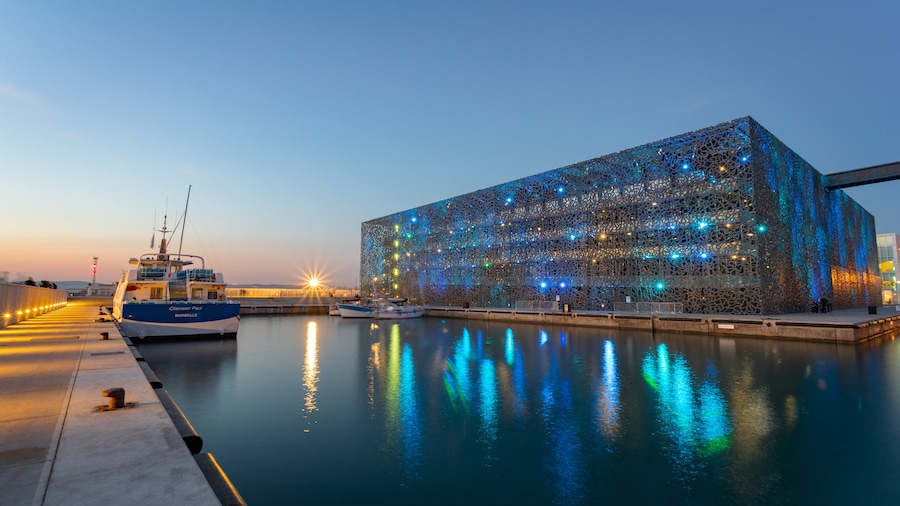Affectionately referred to as “la loge,” from the Italian “loggia,” a reference to the building’s Genoan Baroque style, the Hôtel de Ville has served as Marseille’s civic center since the 17th century. Built on the site of the 13th-century “Maison de Ville,” the pink stone building has survived attempts at its destruction during the French Revolution and World War II. Take in the history of the city as tourists bustle along the port behind you.
Look up at the ornate façade, designed by Gaspard Puget, always adorned with fluttering flags. Spot the city seal, which was designed by Pierre Puget, the architect’s brother and one of Louis XIV’s favorite architects. Stare up at the bust of that very king, overseeing the hubbub on the pavement below. Admire the elaborately carved doors, topped by stained-glass windows decorated with elaborate lead decorations. Notice the acanthus leaves adorning the top of the columns that prop up the balcony.
Poke your head around the back, where a stone bridge connects the two levels. Before its construction, in the late 18th century, the two levels were disconnected as a way to add symbolic distance between the merchants, who occupied the ground floor, and the local nobility, which stayed at the top.
Around Christmas, come by in the evenings when a light show enlivens the elaborate Baroque decorations. Visit the nearby Musée des Beaux Arts to see pictures of the Hôtel de Ville through the centuries as its duties and the city has changed.
Located in the heart of the Vieux Port, the Hôtel de Ville is not hard to find. It’s just a 5-minute walk from the Vieux-Port - Hôtel de Ville metro station. From the airport, it’s an hour by train or a 25-minute drive. Parking nearby is very limited, though there are metered parking garages in the vicinity. The “Petit Train de Marseille” stops right in front of the Hôtel de Ville.




